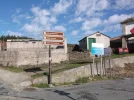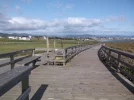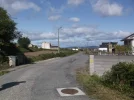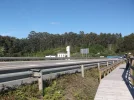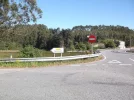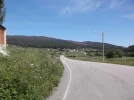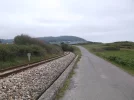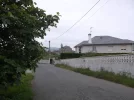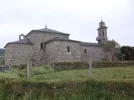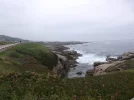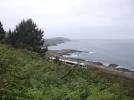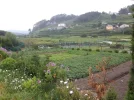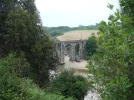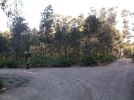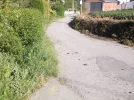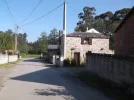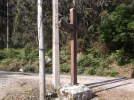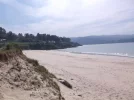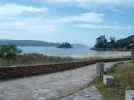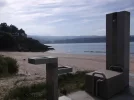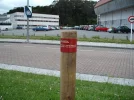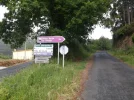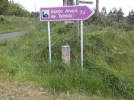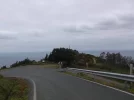Tia Valeria
Veteran Member
- Time of past OR future Camino
- Pt Norte/Pmtvo 2010
C. Inglés 2011
C. Primitivo '12
Norte-C. de la Reina '13
C. do Mar-C. Inglés '15
Having had time to reflect on our time along this Camino we thought some hints and tips might be useful to anyone else wanting to follow this route.
Firstly Equipment:-
1) Our normal walking kit, waterproofs and rucksacks were all that we needed.
2) We had good boots and cushion sole socks but still found the route hard on the feet as there was far more tarmac etc than we expected. Good footwear with adequate cushioning is important, particularly if you find walking on hard surfaces difficult.
3) Good water bottles/hydration system as there are no fuentes and water needs carrying for much of the time. On some days there is nothing between the stages so food also needs carrying.
4) Any online guide/information which you can find and a good map. We had the relevent sections of the Mapas Militar, taking just the parts we really needed. The suggested route is not well waymarked in some places so for us the map would seem to be essential. We will post our actual stages here plus where the route should have been .
.
There are ATMs in the larger towns but not in the small villages and this is still a 'cash economy' area, although many of the hotels will take a credit card. (We carried enough extra cash to pay the hotel if the card did not work for any reason)
A sleeping bag/liner and towel are not really needed until you reach the Camino Inglés as there are no albergues (apart from Ribadeo at the start) until you reach Neda. All accomodation before Neda is pension/hostal or hotel with bedding and towels provided.
Some Spanish is more than helpful as people here speak Gallego and Spanish with very little English. The food is local style, no menu de peregrino. We loved it.
Stages and relevent map etc to follow as we work our way through.......
Firstly Equipment:-
1) Our normal walking kit, waterproofs and rucksacks were all that we needed.
2) We had good boots and cushion sole socks but still found the route hard on the feet as there was far more tarmac etc than we expected. Good footwear with adequate cushioning is important, particularly if you find walking on hard surfaces difficult.
3) Good water bottles/hydration system as there are no fuentes and water needs carrying for much of the time. On some days there is nothing between the stages so food also needs carrying.
4) Any online guide/information which you can find and a good map. We had the relevent sections of the Mapas Militar, taking just the parts we really needed. The suggested route is not well waymarked in some places so for us the map would seem to be essential. We will post our actual stages here plus where the route should have been
There are ATMs in the larger towns but not in the small villages and this is still a 'cash economy' area, although many of the hotels will take a credit card. (We carried enough extra cash to pay the hotel if the card did not work for any reason)
A sleeping bag/liner and towel are not really needed until you reach the Camino Inglés as there are no albergues (apart from Ribadeo at the start) until you reach Neda. All accomodation before Neda is pension/hostal or hotel with bedding and towels provided.
Some Spanish is more than helpful as people here speak Gallego and Spanish with very little English. The food is local style, no menu de peregrino. We loved it.
Stages and relevent map etc to follow as we work our way through.......




